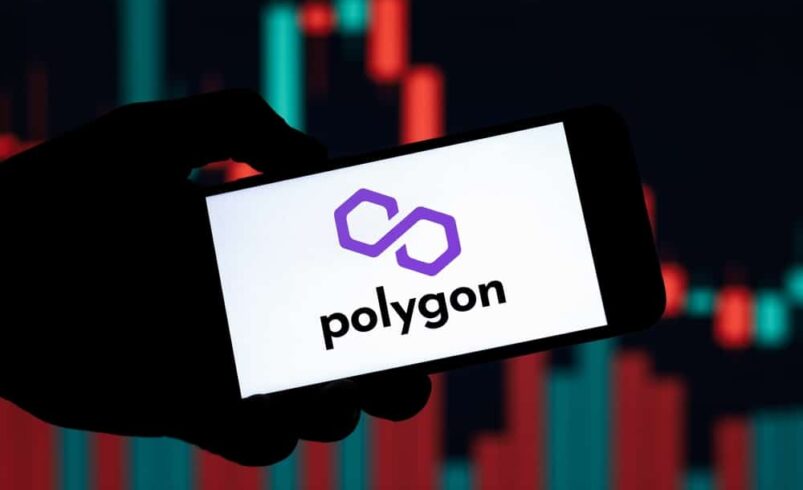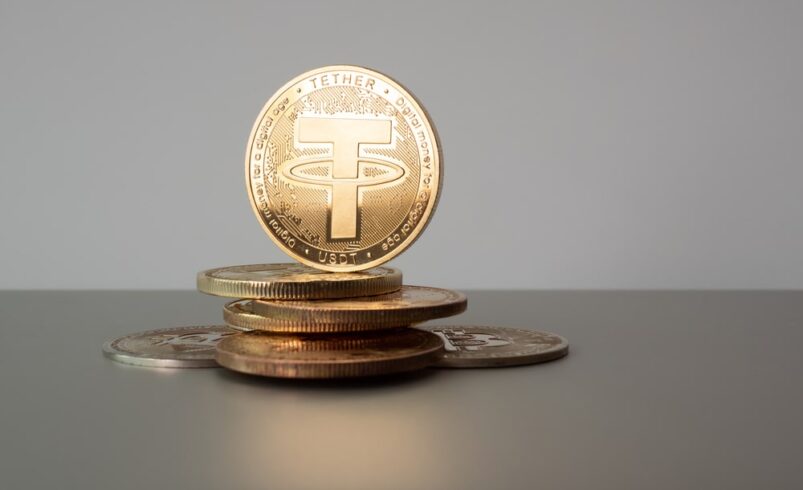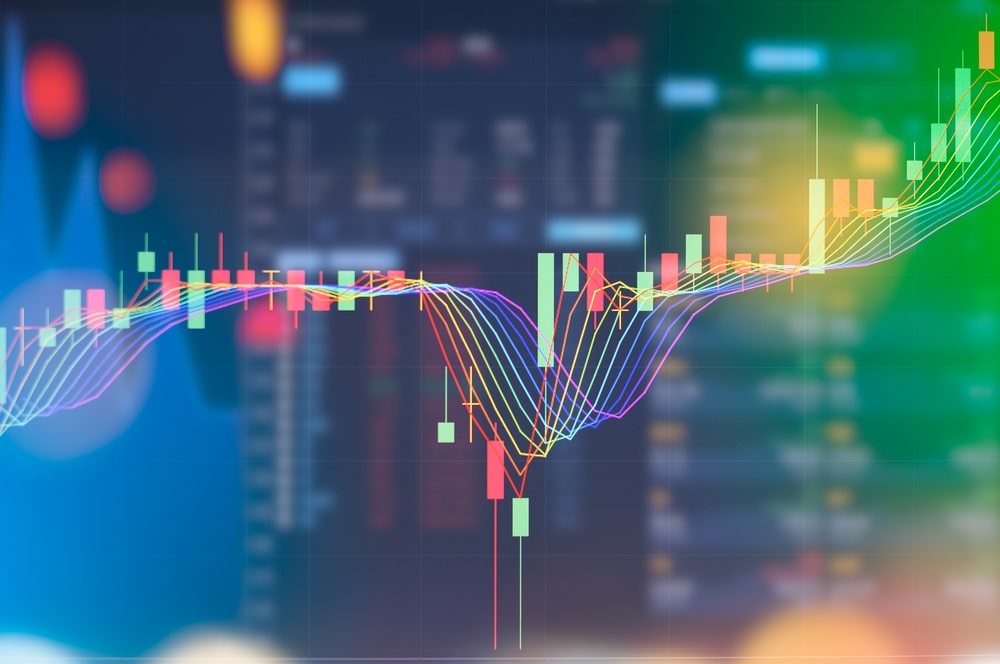What is Polygon? A Beginner’s Guide to Understanding How It Works

Ethereum’s high transaction costs have been a topic of discussion for some time, and the development of scaling solutions, known as Layer 2s, has become a significant area of interest. Polygon has emerged as a notable contender in this scalability domain over recent years.
So, what is Polygon, and how does it operate? In this introductory overview, we will explore the core aspects of Polygon and its primary token, MATIC.
What is Polygon?
Polygon offers a set of scaling solutions aimed at enabling developers to establish decentralized applications (dapps) that offer efficient transaction speeds, reduced costs, and prompt finality.
Polygon enhances transaction efficiency by channeling them from the Ethereum mainnet to a sidechain, a blockchain that runs concurrently with Ethereum, and a unique Layer 2 zkEVM network. This approach allows Polygon to handle transactions more rapidly and cost-effectively than Ethereum.
The creation of Polygon is credited to its three developers and co-founders: Jaynti Kanani, Sandeep Nailwal, and Anurag Arjun. The project’s journey began in 2017 as the Matic Network.
In April 2019, Matic secured $5.6 million via an initial coin offering. Initially, the team worked on Plasma, a specific Layer 2 scaling solution that functions on the Ethereum mainnet. However, due to certain technical and developmental hurdles with the Plasma framework, the founders shifted their focus to a proof-of-stake sidechain. The Polygon PoS sidechain saw its launch in 2020.
By December 2020, Mihailo Bjelic, an Ethereum researcher, partnered with the team and became a co-founder.
Subsequently, in February 2021, Matic underwent a rebranding to become Polygon. This repositioning aimed to fulfill a broader set of technical objectives, underscoring the portrayal of Polygon as an all-encompassing set of scaling solutions.
How does Polygon operate?
Polygon enhances the scalability of applications built on Ethereum by utilizing two distinct scaling methods: a sidechain termed Polygon PoS and a zero-knowledge rollup system called Polygon zkEVM.
Polygon’s primary network is the Polygon PoS sidechain. This proof-of-stake sidechain runs concurrently with Ethereum and supports prominent blockchain applications such as Uniswap and Aave.
However, since Polygon’s architecture is based on a sidechain, it doesn’t inherit security directly from the Ethereum mainnet. This leads to specific security considerations when compared to a rollup-based Layer 2, where transactions are grouped and relayed to the primary chain.
Beyond its proof-of-stake chain, Polygon also oversees a Layer 2 system grounded in ZK-Rollups, named Polygon zkEVM. The intention behind Polygon zkEVM is to leverage Ethereum’s security, a goal only partially met by the Polygon PoS chain. With the introduction of Polygon zkEVM, Polygon is making significant strides toward establishing itself as a roll-up platform.
Polygon Labs has also introduced a revised framework named Polygon 2.0. This structure will incorporate several Layer 2 chains based on ZK rollups, facilitating inter-chain interactions.
About the MATIC token
MATIC, the inherent digital currency of the Polygon platform, primarily serves as a medium of exchange within the Polygon PoS sidechain. It’s worth noting that the total supply of MATIC tokens is limited to 10 billion.
The token performs two primary functions: Firstly, it covers transaction costs on the PoS sidechain. Secondly, it serves as a governance token for both the Polygon PoS sidechain and the zkEVM Layer 2.
Individuals have the option to stake MATIC tokens on the Polygon sidechain for enhanced security and potential rewards. This feature, however, is absent in the zkEVM variant.
In July 2023, Polygon Labs suggested transitioning MATIC tokens to POL, a refined token variant intended for staking across multiple ZK rollup-based networks within the Polygon framework.
The envisioned POL token is crafted to operate seamlessly across all Polygon systems, including the Polygon PoS, zkEVM, and other future blockchains developed by the team. This consolidation will allow Polygon validators to utilize POL tokens and validate transactions over diverse networks.
DISCLAIMER: It's essential to understand that the content on this page is not meant to serve as, nor should it be construed as, advice in legal, tax, investment, financial, or any other professional context. You should only invest an amount that you are prepared to lose, and it's advisable to consult with an independent financial expert if you're uncertain. For additional details, please review the terms of service, as well as the help and support sections offered by the provider or promoter. While our website strives for precise and impartial journalism, please be aware that market conditions can shift unexpectedly and some (not all) of the posts on this website are paid or sponsored posts.









